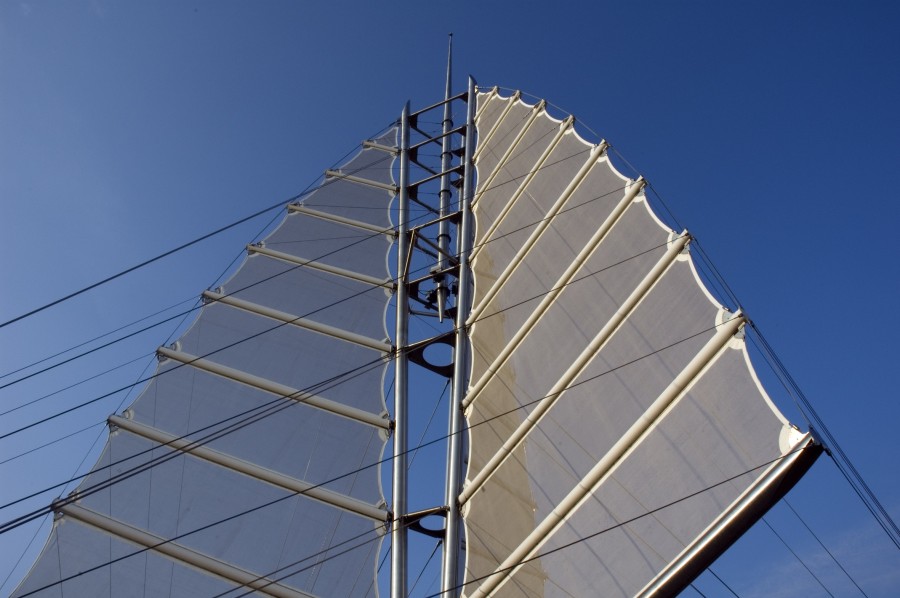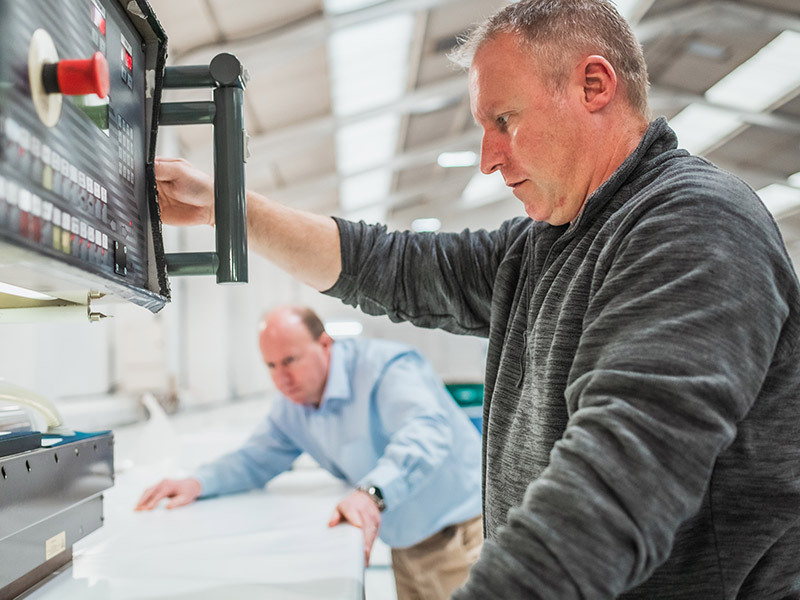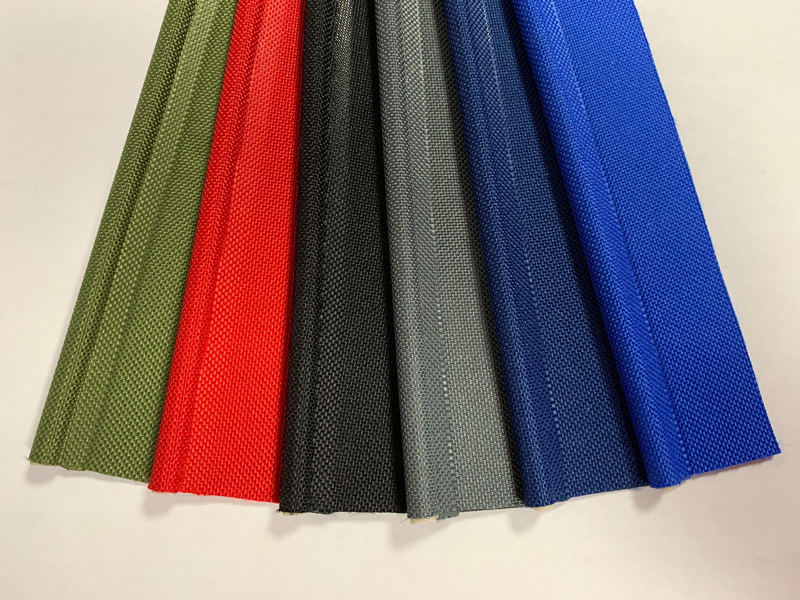
The Importance of Structural Integrity in Tensile Fabric Architecture
05 Feb 25In contemporary architecture, tensile fabric structures are recognised for their striking visual impact, design flexibility, and cost-effectiveness. From stadium roofs and exhibition halls to elegant canopies and covered walkways, these innovative systems create environments that inspire while providing practical shelter. Yet, the lasting success of any tensile fabric structure hinges on one essential element: its structural integrity. Achieving and maintaining this integrity requires thoughtful engineering, careful material selection, and a proactive approach to design and maintenance.

Structural Analysis and Design
Unlike conventional buildings, where rigid materials such as steel and concrete provide stability, tensile fabric structures rely on tensioned membranes supported by cables, masts, and perimeter frameworks. This unique structural principle enables distinctive curvatures and forms that traditional construction methods often find challenging. However, the adaptability that makes tensile structures so appealing also demands meticulous engineering.
At J & J Carter, our products are meticulously designed and engineered to prioritise safety, durability and user-friendliness. Our skilled engineers will collaborate with you to bring your design ideas to life. Using advanced technology, our in-house design team combines form and function to create stunning, customised structures that meet your exact needs.
Only by striking the right balance between aesthetics and performance can designers ensure that these spaces are as safe and durable as they are visually compelling.
Selecting the Right Materials for installation and construction
Membrane choice is a foundational decision that profoundly influences both the longevity and safety of a tensile fabric structure. High-quality PTFE (polytetrafluoroethylene)-coated fibreglass and PVC (polyvinyl chloride)-coated polyester covers are common options, prized for their strength, durability, and UV resistance. At J & J Carter we emphasise selecting materials that suit each project’s environment and intended use. Whether the structure faces high winds, heavy snow, extreme temperature swings, or frequent handling during events, an informed material selection process can significantly enhance the membrane’s reliability and lifespan.
Leveraging Advanced Engineering Tools
Modern engineering methods play a critical role in developing tensile fabric designs that perform optimally under varied conditions. By using computational modelling techniques such as finite element analysis (FEA), engineers can simulate real-world forces, from high wind loads and snow accumulation to seismic activity and the dynamic stresses introduced by occupants. Through these analyses, potential weak points are identified and addressed long before installation begins. This data-driven approach lays the groundwork for structures that stand firm, maintain their shape, and deliver the intended aesthetics for many years to come.
Robust Support and Anchoring Systems
The underlying framework is just as important as the membrane itself. Tensile fabric structures rely on robust support systems, including cables, compression rings, and carefully positioned masts. Equally crucial is the anchoring strategy, which ensures consistent tension and prevents deformation over time. Attention to detail at every connection point, combined with professional installation techniques, promotes even load distribution and reduces stress concentrations. Periodic inspections and maintenance help confirm that these systems remain secure and effective throughout the structure’s lifespan.
Proactive Maintenance and Inspection
Effective maintenance extends well beyond basic cleaning. Regular inspections allow early detection of minor issues, such as loosened cables, worn hardware, or subtle tension imbalances, which can then be addressed before they escalate. By adopting a proactive maintenance schedule—rather than waiting for visible signs of wear—property owners can prolong their structure’s functional life, uphold safety standards, and protect their investment.
Adherence to Industry Standards and Best Practices
Tensile fabric architecture is a rapidly evolving field with increasingly sophisticated materials and design methodologies. Staying current with industry standards, building codes and best practices ensures that every structure meets rigorous safety benchmarks. At J & J Carter we integrate these guidelines into every step of the process, from initial concept development through fabrication, installation, and long-term maintenance. This commitment ensures that clients benefit from the most reliable, efficient, and forward-thinking solutions available.
Building Trust Through Integrity
The hallmark of a successful tensile fabric structure is its ability to combine artistic ingenuity with functional excellence. Structural integrity is the key to meeting safety standards, delivering enduring value, and instilling confidence in occupants, stakeholders and the broader community.
At J & J Carter we understand that each structure is a significant investment, one that demands a solution-oriented approach grounded in professional expertise and a commitment to excellence. By selecting appropriate materials, applying advanced engineering tools, maintaining robust support systems, and following industry best practices, we help ensure that your tensile fabric structure will perform reliably, safely and sustainably—today, tomorrow, and well into the future.
If you’re considering a tensile fabric structure for your next project, our experienced team is here to help guide you through every step—from concept to completion and beyond. Contact us today to discuss your requirements and discover how we can bring your vision to life with safety, durability, and style.


